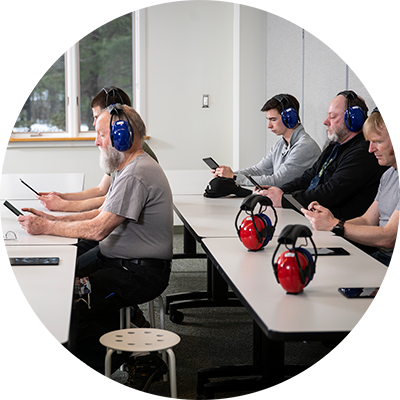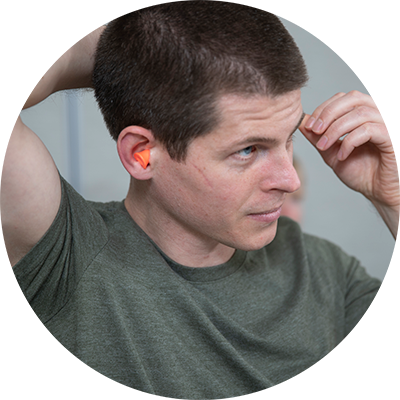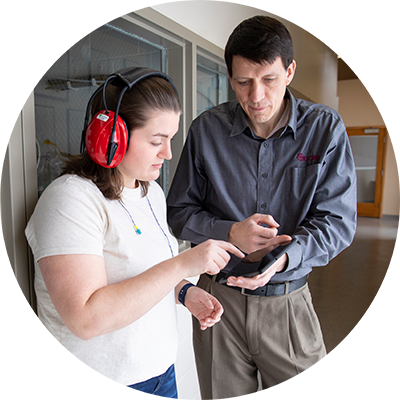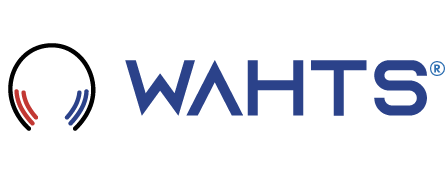The Boothless Audiometric Testing Advantage: Occupational Hearing Testing with audhere
Almost half of all adults with noise-related hearing loss work in noisy environments.
Workplace hearing conservation programs are a key first line of defense in preserving hearing health.
OSHA requires that workplaces instate a hearing conservation program when an employee’s noise exposure equals or exceeds an 8-hour time-weighted average of 85 decibels.
Hearing conservation programs include exposure monitoring, education and training, providing adequate hearing protectors , and annual occupational hearing testing.
Employers can be responsible for everything from the initial fitting of hearing protectors to coordinating compliant hearing testing. Combining all of these moving parts in one hearing conservation program doesn’t need to be challenging for employers or place an undue burden on employees.
Simplifying Hearing Conservation
The WAHTS headset combined with our audhere testing software is designed to simplify the hearing testing experience for employers and employees by offering a variety of unique capabilities to improve your operational hearing conservation program.
What to Look for in
Occupational Hearing Testing Devices
Hearing test devices should support the mission of hearing conservation: to protect employees from noise-induced hearing loss. This includes ensuring employees are properly fit with adequate hearing protection and have their hearing tested annually.
When evaluating occupational hearing testing solutions, it is important to consider the following capabilities:
Our Software: audhere for Occupational Hearing Testing
The audhere app and WAHTS headset make it easy to test one-on-one or test a group. The app can be used to conduct just hearing testing, just hearing protector fit testing, or both hearing- and fit-testing.
Automated Testing for Groups
In Automatic mode, individuals progress independently through a self-paced hearing test while monitored by an administrator.

Hearing Protector Fit Testing
The audhere app includes a module for hearing protection fit testing. Guided steps instruct proper insertion of hearing protection, and the WAHTS headset measures Personal Attenuation Rating. Ensure optimal safety by measuring the sound attenuation of in-ear hearing protectors, an OSHA recommended practice since 2008.

Mobility and Ease of Use
Since WAHTS is a completely boothless system, it’s easy to transport between sites. Unlike traditional booths and audiometers, WAHTS takes up minimal space and can be conveniently stored or shipped, making it ideal for multi-site operations or mobile providers.

